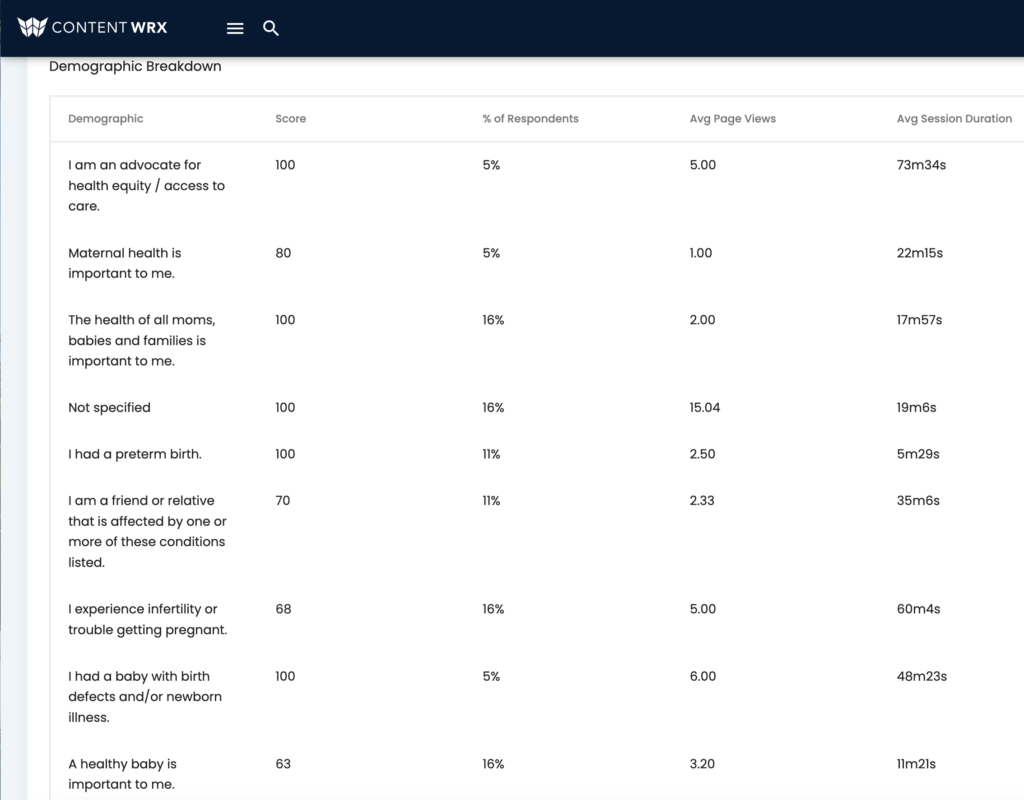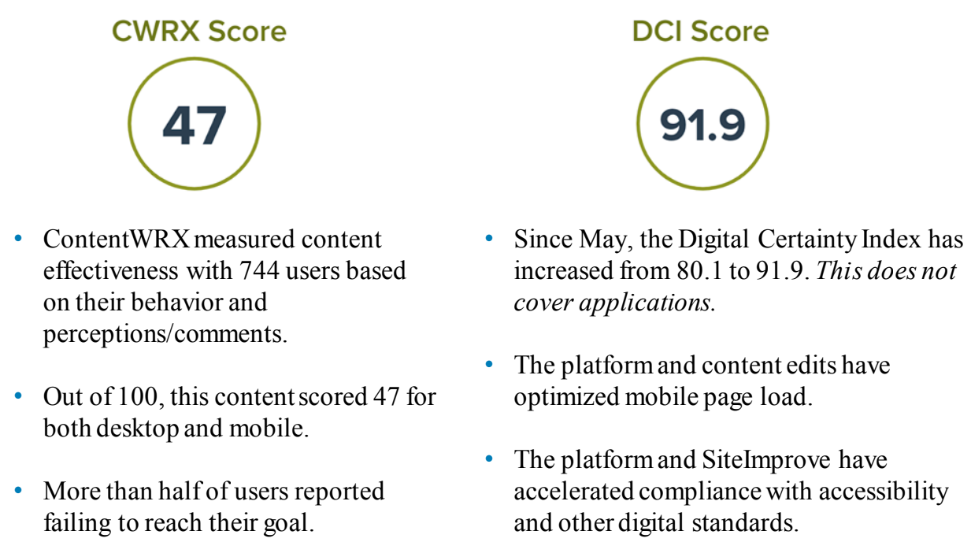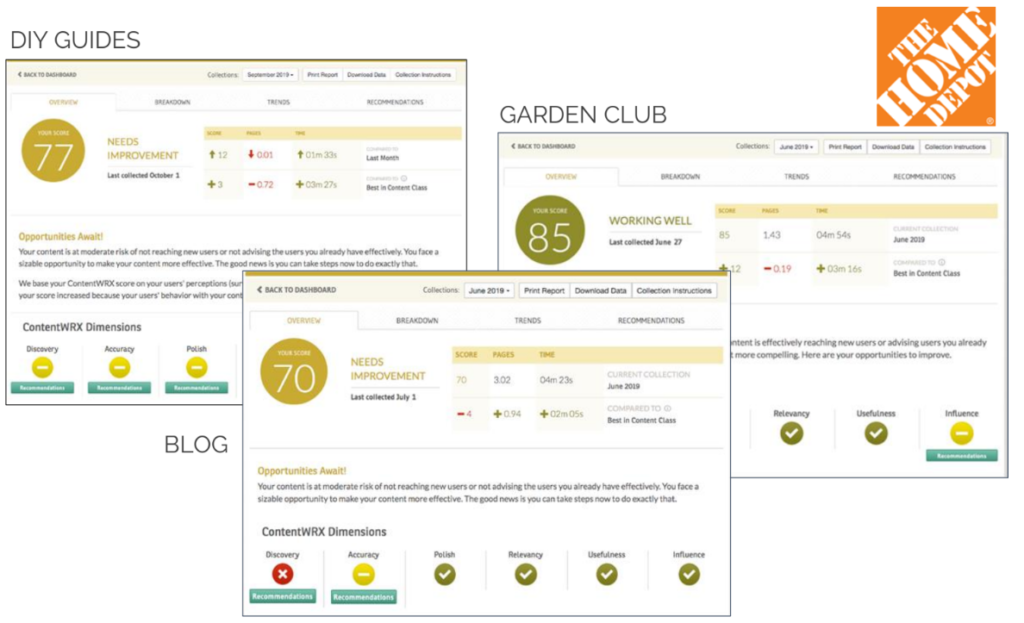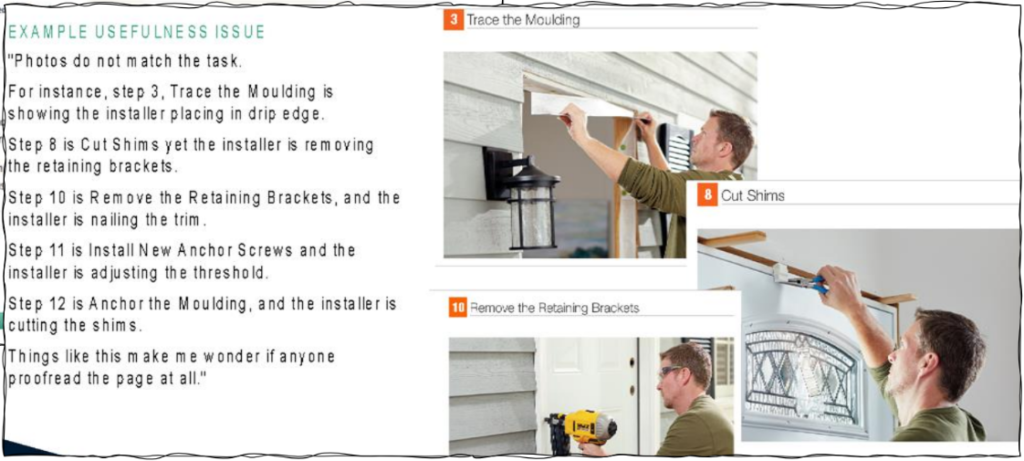
To succeed in digital business, every company has to be a content company. That brings all kinds of challenges. The ultimate challenge is this: How do we sustain effective content over time and at scale?
The Content Science team and I anticipated that question years ago, and we’ve worked hard to make answering it easier with methods and tools like CS Lab and ContentWRX. One key element is to use data-informed insights about content effectiveness—and to do so regularly.
But first things first…what do I mean by content effectiveness? At Content Science, we define it this way.
Content effectiveness is hitting the sweet spot of overlap between your company’s goals and the goals of your customers or users. So, it makes sense that a strong correlation exists between measuring content effectiveness and content success. If you have a good handle on how effective your content is, you can make better decisions faster.
But what exactly are successful folks doing with content effectiveness insights? A lot. In my experience, most of the activity falls into these five areas.
1. Benchmark Content Effectiveness
Benchmarking is capturing the current state of your content’s effectiveness. The benchmark is useful as a starting point. It’s also useful in a variety of related scenarios, including but not limited to:
- Auditing content to inform a change.
- Capturing the “before” of a before-and-after story or case study.
- Setting a standard for governance.
You can capture the current state of content effectiveness overall or across dimensions and segments that matter to you. In ContentWRX, we automate
- An overall score.
- A status across six dimensions of content effectiveness.
- Breakdown by audience / user, device type, and page or screen.

2. Compare Content Effectiveness Results
Once you have a benchmark in place, you can compare the current state of content effectiveness to
- Other scores, such as bounce rate or engagement level, for that content.
- The after state for that content.
- Other content.
For instance, a government agency compared a score from SiteImprove with their content effectiveness score. The discrepancy showed that even though the website scored high for meeting important technical and accessibility standards, the content effectiveness score was low. Seeing this discrepancy allowed the agency to dive deeper into why the content was not helping users achieve their goals.

As another example, a home improvement retailer benchmarked and compared content effectiveness across three different sets of content and across multiple customer segments. This comparison helped the retailer decide what content to keep and what to consolidate.

3. Enhance A/B or Multivariate Testing Results
A/B or multivariate testing tells you what version of content “wins” (performs best) but not necessarily why. You can close that gap with content effectiveness insights based on microengagements and customer / user feedback. See how Mailchimp complemented A/B testing of pricing content with insights about content effectiveness in this article.
4. Add Context to a Range of Performance Analytics
Beyond A/B testing, content effectiveness insights can add context to a wide range of web and channel analytics. With this context, you learn much more about why content is or is not performing as expected–and you learn it much more quickly.
I love this example from a leading home improvement retailer. If you ask folks consuming your content what they think about it, they will tell you. This highly detailed feedback enabled the retailer to spend less time debating opinions about content and more time improving the quality.

Beyond improving the customer or user experience, content quality matters more now than ever to search engine optimization.
You can also see other examples of adding context to analytics for American Cancer Society and Mailchimp in this webinar recording.
5. Correlate Content Effectiveness with Business Impact
Once you have a robust set of data, you can connect it and look for correlations that matter to your business. The impact can range the gamut from search visibility to brand affinity to attributed revenue to member / subscriber engagement. And I’m only scratching the surface.
I talk about a great example of using correlations with search visibility and attributed revenue in Can Content Structure Boost Revenue By 753%?
Let’s look at another useful example from a financial services and credit monitoring company. After tying content effectiveness data with brand affinity data, we were able to conclude that consumers who interacted with the content were four times more likely to view the company less favorably than consumers who did not. We also could quickly assemble related quotes from consumers to help explain why.

This powerful combination of data helped secure support to turn content from a brand liability into a brand asset.
So, if you’re pushing your company to regularly assess content effectiveness, you’re doing the right thing. It’s a critical step toward sustaining effective content at scale–and thriving in our age of digital disruption. Consider how you can use the methods above to make the most of your content effectiveness insights.
A/B or multivariate testing tells you what version of content “wins” (performs best) but not necessarily why. You can close that gap with content effectiveness insights based on microengagements and customer / user feedback.
-
Events, Resources, + More
The Ultimate Guide to End-to-End Content
Discover why + how an end-to-end approach is critical in the age of AI with this comprehensive white paper.
The Content Advantage Book
The much-anticipated third edition of the highly rated book by Colleen Jones is available at book retailers worldwide. Learn more!
20 Signs of a Content Problem in a High-Stakes Initiative
Use this white paper to diagnose the problem so you can achieve the right solution faster.
Upskill with Content Science Academy
Training for modern content roles through on-demand certifications + courses or live workshops.






Comments
We invite you to share your perspective in a constructive way. To comment, please sign in or register. Our moderating team will review all comments and may edit them for clarity. Our team also may delete comments that are off-topic or disrespectful. All postings become the property of
Content Science Review.